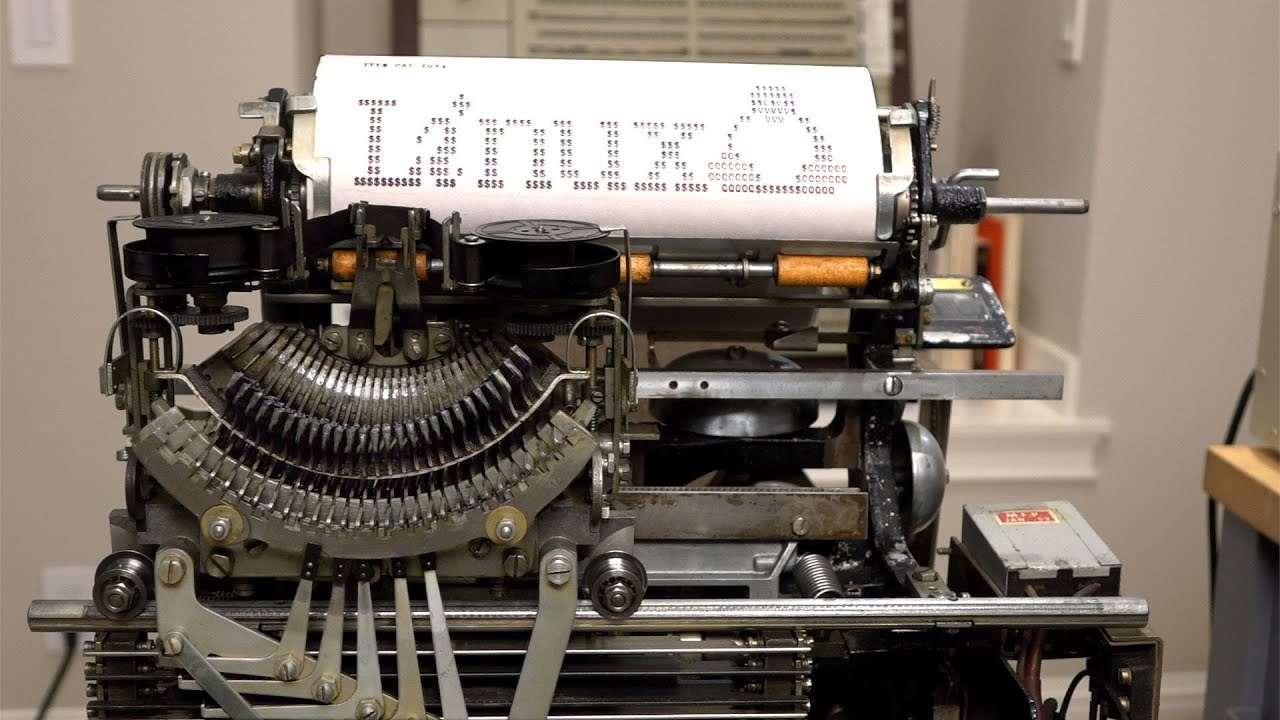- cross-posted to:
- retrotechnology@lemmy.ca
- videos@lemmy.ml
Very cool project using an antique teletype

Excellent post! Cool to see and imagine if you had 30 of these going all day in the office 😆

Awesome. Related:
I really want to try a paper terminal experience, mainly to experience using a line-based text editor to see how having printed output (which you can tear off and keep on your desk for reference) differs from doing it in a scrolling terminal.
However I don’t want to deal with vintage analog hardware. I tried looking for modern-ish line-based printers and such but couldn’t find anything that could legibly output characters as you type them. Any tips?

I realised only this week that ed is exactly what you would need if you had to edit something on a paper terminal. I always though it was just strange that it exists and is still included with things.

I’ve seen Linux distributions omitting it now. But it’s a useful last resort if you end up with a dumb terminal, and maybe it has a niche use in scripted editing? And of course there’s a small community of people continuing to use it for fun, out of curiosity, or whatever. Check out https://bsd.network/web/@ed1conf

Is ending up with a dumb terminal without seeking one out a thing that can still happen? Unless you’re trapped in an electronic components warehouse and have to build your own, haha.
I’m not sure I’ve ever seen one outside of a historical context. I guess the military might still use them for prod.

Yes. Sometimes terminal emulators or the libraries in use just fail. Plain old print line might still work.
One of the great things of command driven editors like vi, sam, ed, and helix is that they can tolerate massive lag and various kinds of brokenness.
What does kind of offset this is that there’s less need these days to try and talk to broken systems. You can often just pull the drive/card or boot from another source and fix the image or something.

Probably still included because ed is occasionally used in shell scripts.
It’s good in an emergency over a slow or noisy connection. Back in the 90s, I once talked a non-computer user through repairing a corrupted config file, over the phone. ed was good for that.

Back in the 90s, I once talked a non-computer user through repairing a corrupted config file, over the phone. ed was good for that.
Oh man, that’s also a good point! A phone conversation is a lot like a printed readout.

Invidious link for other people who Google doesn’t like: http://iteroni.com/watch?v=2XLZ4Z8LpEE
Edit: Holy crap, it’s so satisfying hearing all the clanking as the text comes through, and I didn’t even code this! I was confused about 13:20 when he says there’s no equal sign; there’s definitely one in most versions of Baudot code, but apparently not US-TTY. Maybe he could make BELL another escape for more characters? I don’t know what modern use it has.
Here’s the Wikipedia on the Model 15.

Saw that awhile ago, it’s very cool! I’d like to see him connect to SDF.org with that thing.

